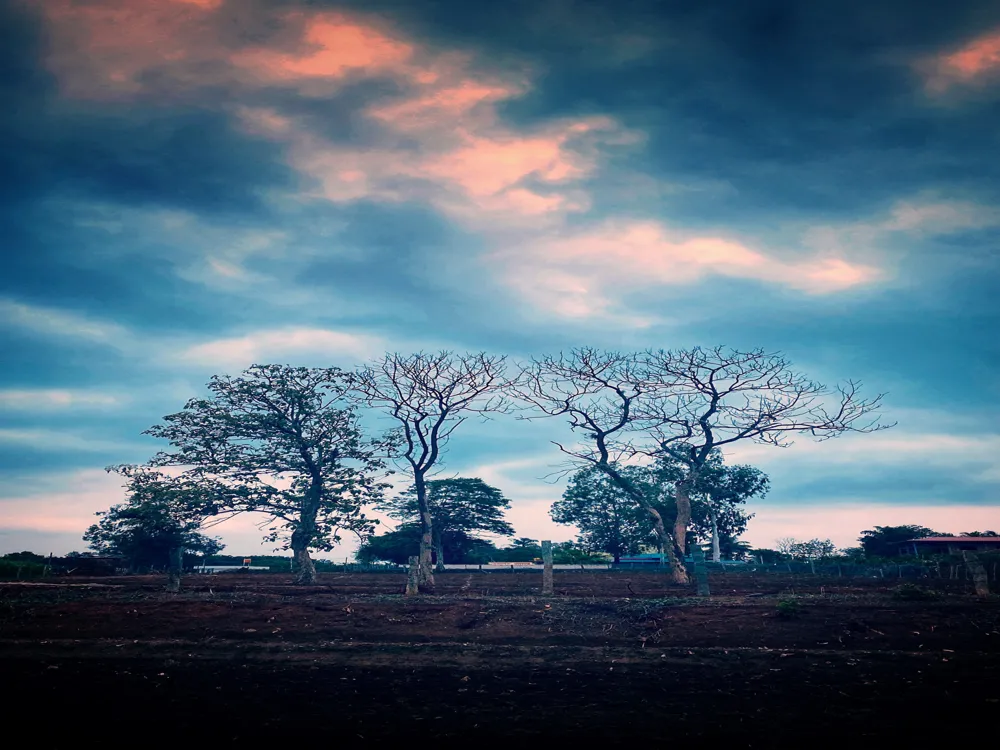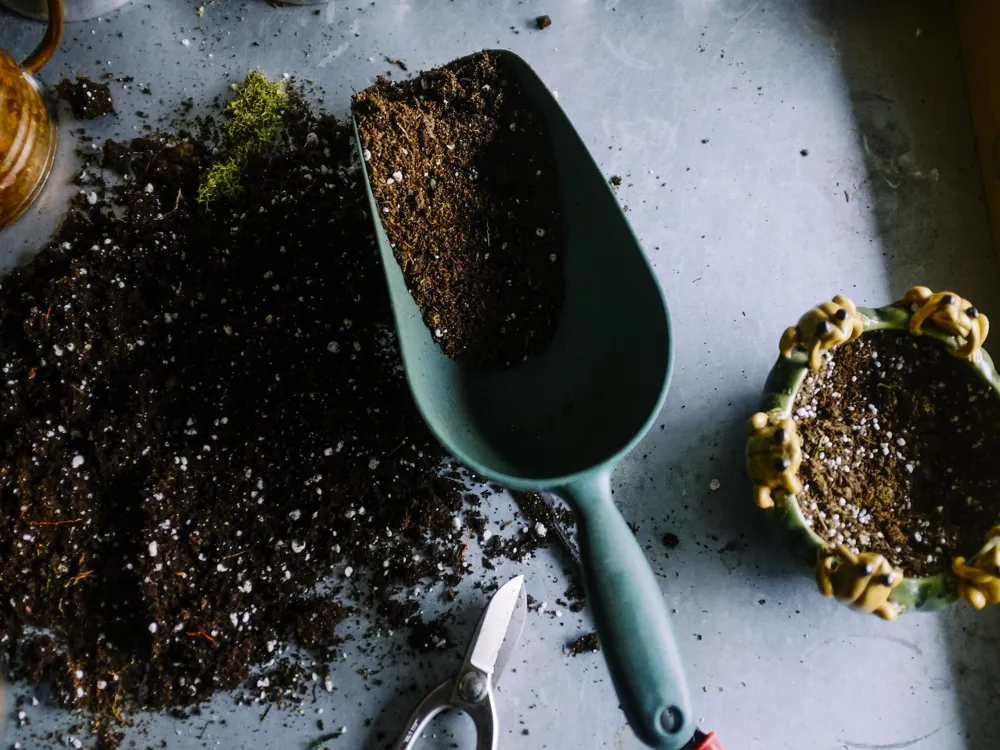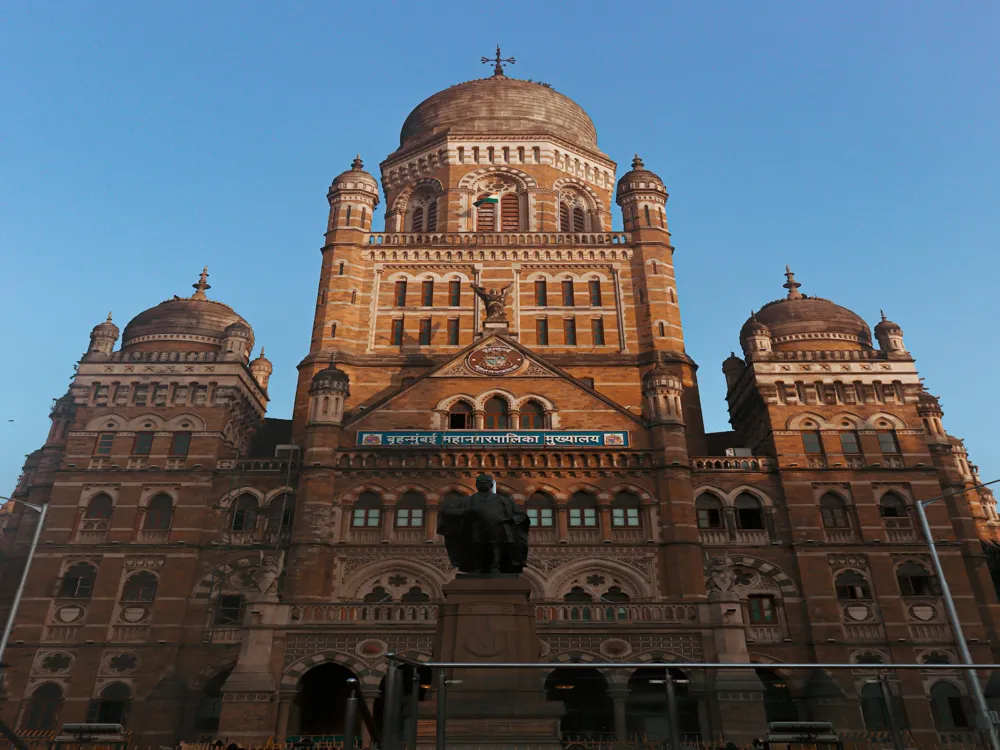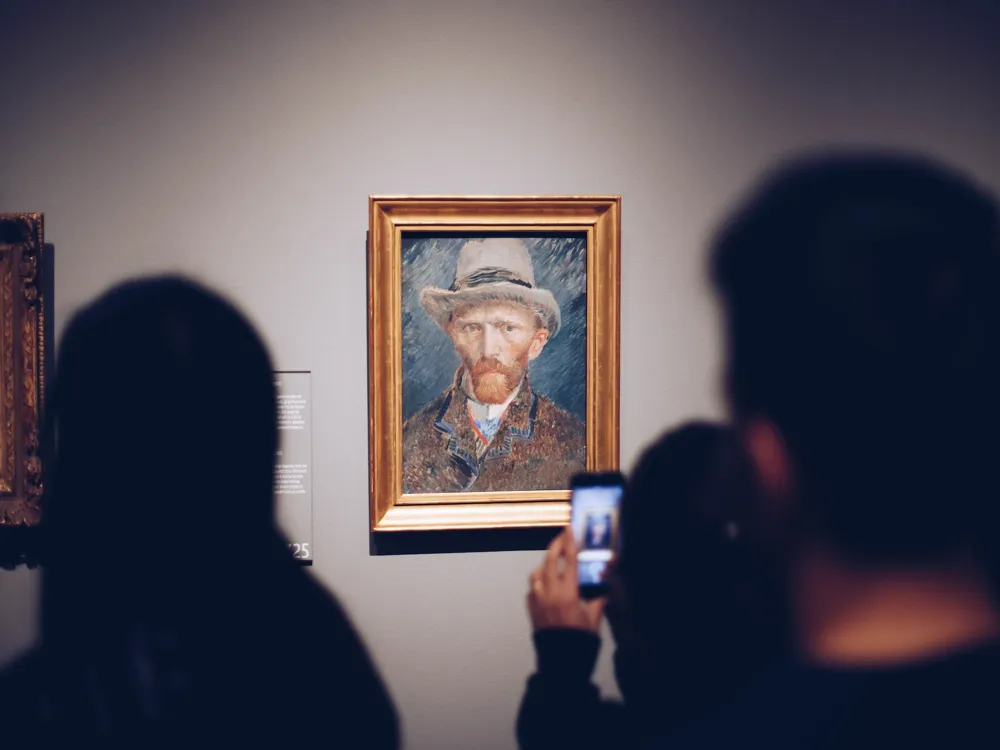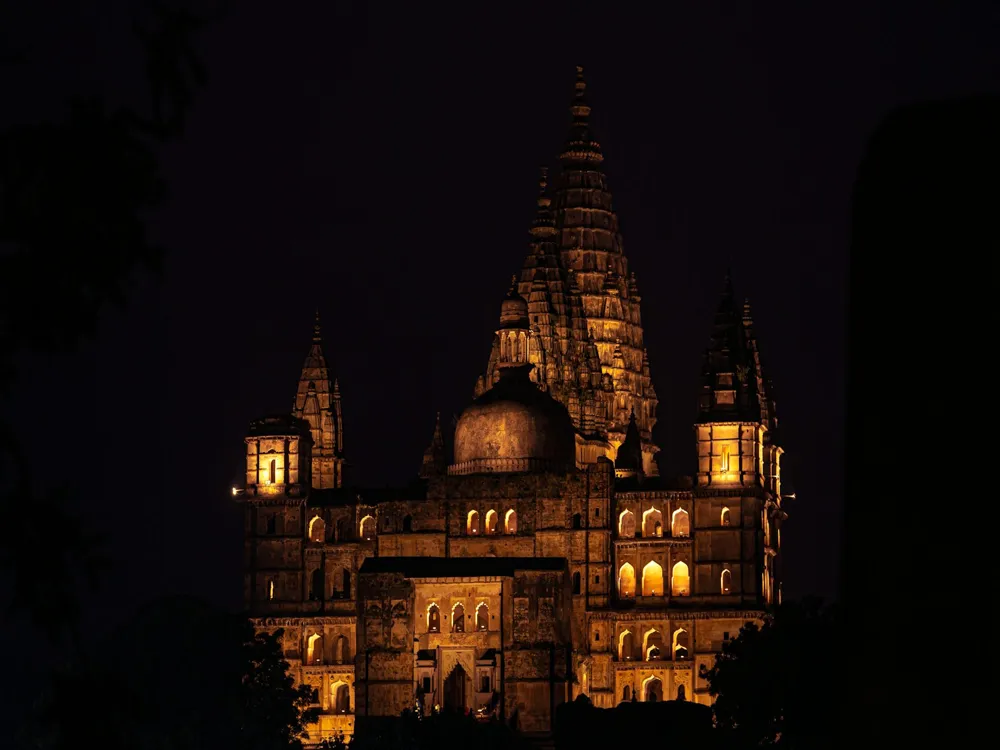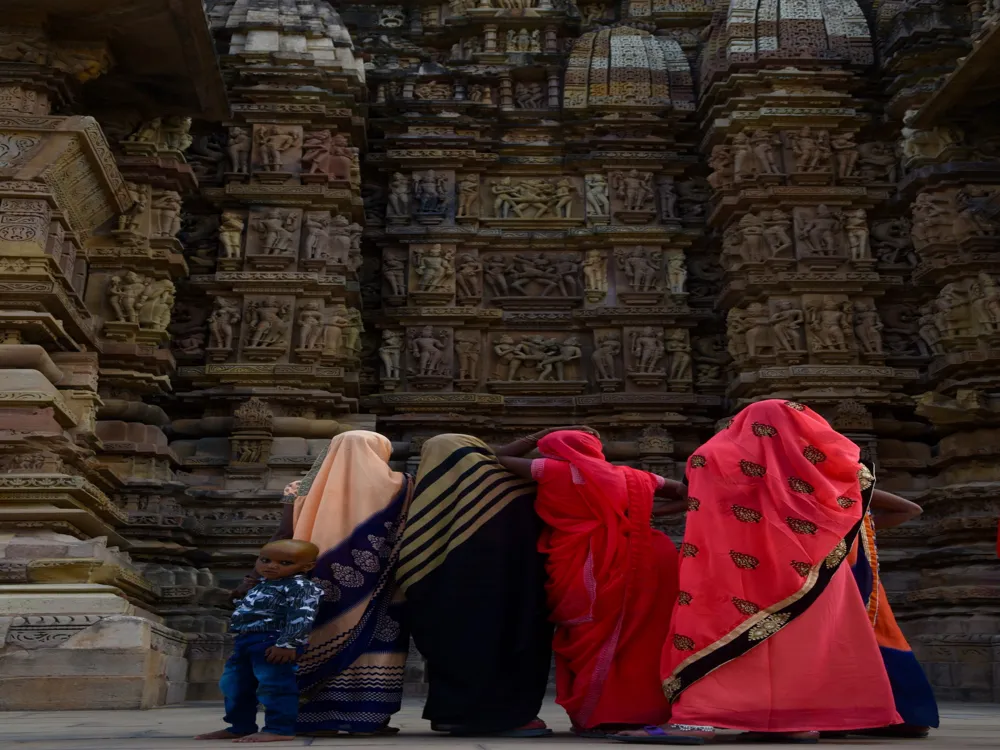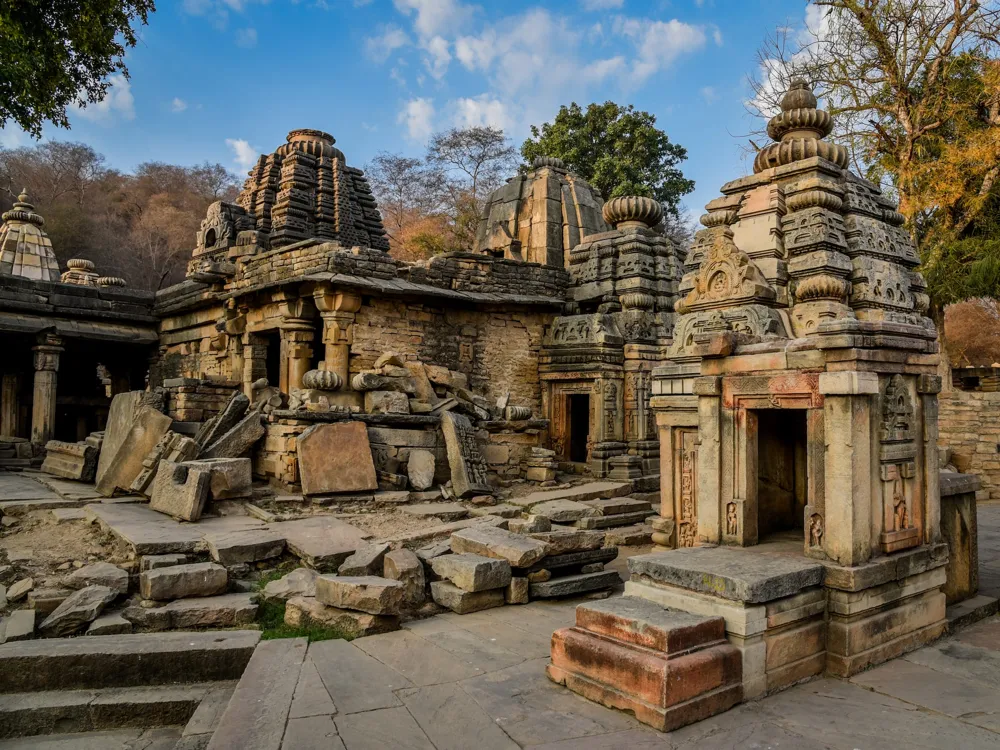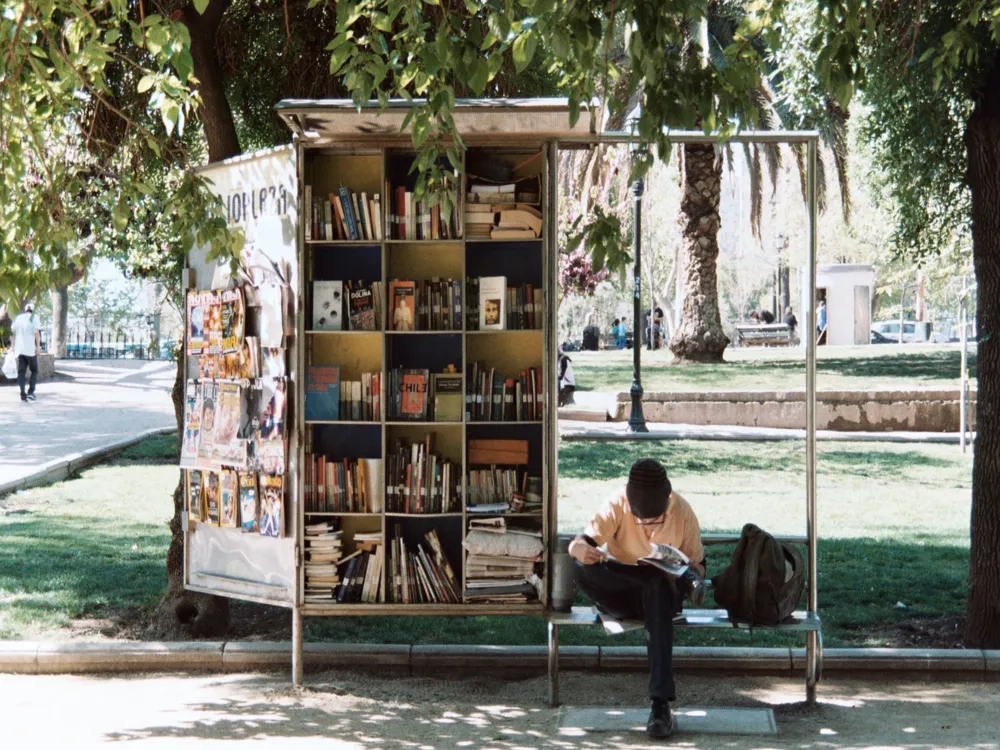The Rani Mahal, situated in the historic city of Jhansi in Uttar Pradesh, stands as a testament to the rich history and cultural heritage of India. This magnificent palace was the residence of Rani Lakshmibai, the fearless queen of Jhansi, who played a pivotal role during the First War of Indian Independence in 1857. The Rani Mahal's architecture, history, and symbolism make it a significant landmark, not just in Jhansi, but in the entire country. Constructed in the 18th century, the palace is an exemplar of North Indian architecture blended with Mughal influences. Its strategic position in the heart of Jhansi fortifies its historical importance. Over the years, the Rani Mahal witnessed several critical events in Indian history, especially during the Sepoy Mutiny of 1857. Post-independence, the palace was converted into a museum, showcasing a collection of archaeological remains of the period between the 9th and 12th centuries AD. The Rani Mahal's architecture is a fascinating subject for historians and architects alike. The palace is divided into three parts - the Durbar Hall, the Courtyards, and the Women's Quarters. Each section reflects the social and cultural aspects of that era. Intricate frescoes, ornamental archways, and the vibrant use of colors in the interiors highlight the artistic expertise of the craftsmen. The palace's layout reflects both the functional needs of a royal residence and the artistic sensibilities of its inhabitants. The Rani Mahal not only serves as a monument of historical significance but also as a symbol of resistance and valor represented by Rani Lakshmibai. Her courage and leadership continue to inspire generations and make the palace a site of reverence and national pride. The palace's transformation into a museum further enriches its cultural value, offering a glimpse into the past for history enthusiasts, researchers, and tourists. The architecture of Rani Mahal in Jhansi is a splendid example of the fusion of Indian and Mughal architectural styles. The palace is renowned for its intricate designs, elaborate decorations, and historical significance. Its structure represents the rich cultural heritage of India during the 18th century, embodying both functional elegance and artistic beauty. The main entrance of the Rani Mahal, adorned with detailed carvings and an impressive archway, leads into a large courtyard. This courtyard served as the center of the palace's activities and is surrounded by several rooms and galleries. The Durbar Hall, where the queen held her court, is particularly noteworthy for its high ceilings, grand columns, and ornate decorations, reflecting the grandeur of the times. The palace's interior is equally remarkable, with frescoes depicting various scenes from Hindu mythology, floral motifs, and geometric patterns. These artworks not only showcase the artistic talents of the era but also provide insights into the cultural and religious life of the time. The use of vibrant colors and detailed craftsmanship in the frescoes and wall paintings adds to the palace's aesthetic appeal. Another significant architectural feature of the Rani Mahal is its strategic location within the Jhansi Fort. This positioning underscores the palace's importance as a defensive stronghold and a center of power. The architecture, therefore, is not just about beauty but also about the functionality that was essential for survival and governance during those turbulent times. The ideal time to visit Rani Mahal is between October and March when the weather is pleasant, making it easier to explore the palace and its surroundings. Visitors are advised to dress modestly, respecting the cultural and historical significance of the palace. Comfortable footwear is recommended as there is a lot of walking involved. Opting for a guided tour can enhance the experience, providing in-depth historical context and interesting anecdotes about the palace and Rani Lakshmibai. Photography might be restricted in certain areas of the palace. It's advisable to check with the authorities beforehand and respect the guidelines provided. Visitors should try the local cuisine in nearby eateries to experience the culinary delights of Jhansi. Rani Mahal in Jhansi is well-connected and easily accessible by various modes of transportation. The nearest major city is Lucknow, approximately 300 kilometers away. Visitors can reach Jhansi via: Read MoreOverview of Rani Mahal of Jhansi, Uttar Pradesh
Architecture of Rani Mahal
Tips When Visiting Rani Mahal
Best Time to Visit
Dress Appropriately
Guided Tours
Photography
Local Cuisine
How to Reach Rani Mahal
Rani Mahal
Jhansi
Uttar Pradesh
NaN onwards
View jhansi Packages
Weather :
Tags : Forts & Palaces
Timings : 7:00 AM - 5:30 PM
Time Required : 1-2 hrs
Entry Fee : Free
Planning a Trip? Ask Your Question
Jhansi Travel Packages
View All Packages For Jhansi
Top Hotel Collections for Jhansi

Private Pool

Luxury Hotels

5-Star Hotels

Pet Friendly
Top Hotels Near Jhansi
Other Top Ranking Places In Jhansi
View All Places To Visit In jhansi
View jhansi Packages
Weather :
Tags : Forts & Palaces
Timings : 7:00 AM - 5:30 PM
Time Required : 1-2 hrs
Entry Fee : Free
Planning a Trip? Ask Your Question
Jhansi Travel Packages
View All Packages For Jhansi
Top Hotel Collections for Jhansi

Private Pool

Luxury Hotels

5-Star Hotels

Pet Friendly












